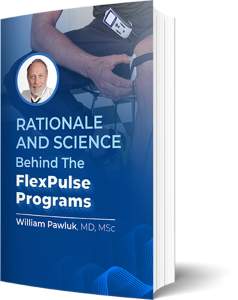
Your shoulders are made up of various interrelated parts working together to keep things in place and functioning properly. These components provide essential operations in your body, including stabilizing your arms, while simultaneously allowing them to move from side to side, up and down, and in a circular motion. Additionally, they function as levers, allowing you to lift objects.
Key Components of the Shoulders
Your shoulders are made up of three bones:
- Clavicle (collar bone)
- Scapula (shoulder blade)
- Humerus (upper arm bone)
These bones are connected by three joints:
- Sternoclavicular joint
- Acromioclavicular joint
- Glenohumeral joint
In addition, your shoulder consists of various muscles, ligaments, and tendons. Specifically, these components work together to ensure mobility and play a crucial role in all of your upper body movements. Unfortunately, when parts malfunction, your mid-to-upper torso can be negatively affected. In turn, these effects can result in various dysfunctional issues. Common problems include:
- Shoulder separation and/or dislocation
- Bursitis
- Tendinitis
- Shoulder pain
- Damaged or torn rotator cuff
- Frozen shoulder
- Osteoarthritis
- Shoulder sprains or fractures
- Arthritis
Stretching, Strengthening Exercises, and PEMF
Two crucial supportive habits that can help you keep your shoulders in the best working order are stretching and pulsed electromagnetic field (PEMF) therapy. In particular, engaging in shoulder stretches will help you improve your flexibility, relieve tension, reduce pain, and restore normal function. However, it’s always important to consult with a healthcare provider or a physical therapist to determine the best exercises for your specific needs.
Although PEMF therapy is not a treatment for chronic shoulder ailments, it is helpful in addressing underlying cellular malfunction and supporting your body’s natural ability to regulate its systems. In other words, it supplies your body with the energy required to address dysfunction at the cellular level. Again, especially if you suffer from chronic illness or pain, consult with a trusted healthcare provider prior to engaging in any type of stretching or exercise.
In conclusion, your shoulders are vital for multiple essential functions of your upper body. Keeping them healthy and operating at their maximum potential will help you preserve their ability to facilitate complicated physical activities. Stretching and PEMF can be beneficial tools for improving flexibility, as well as maintaining and restoring optimal function.

